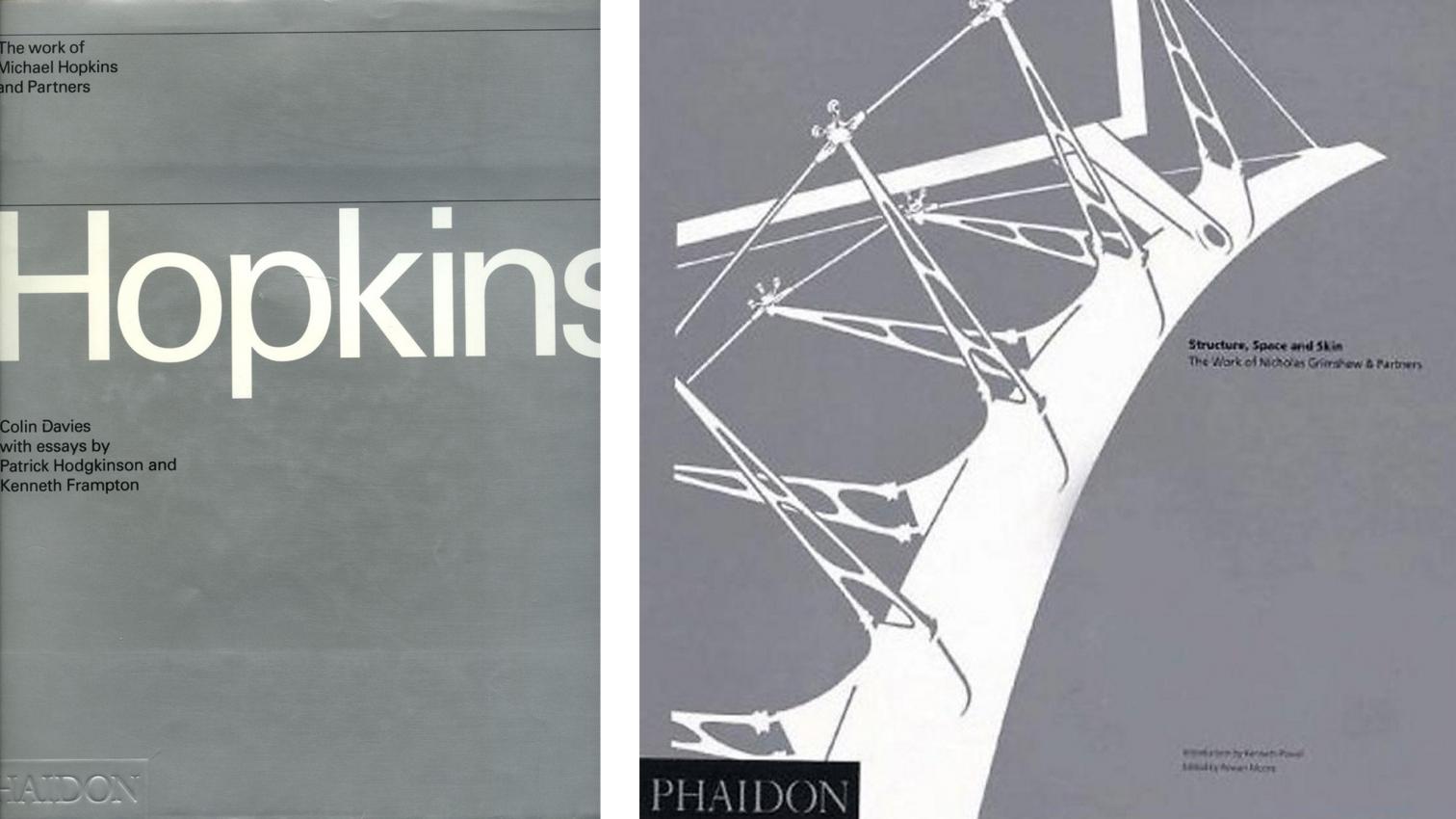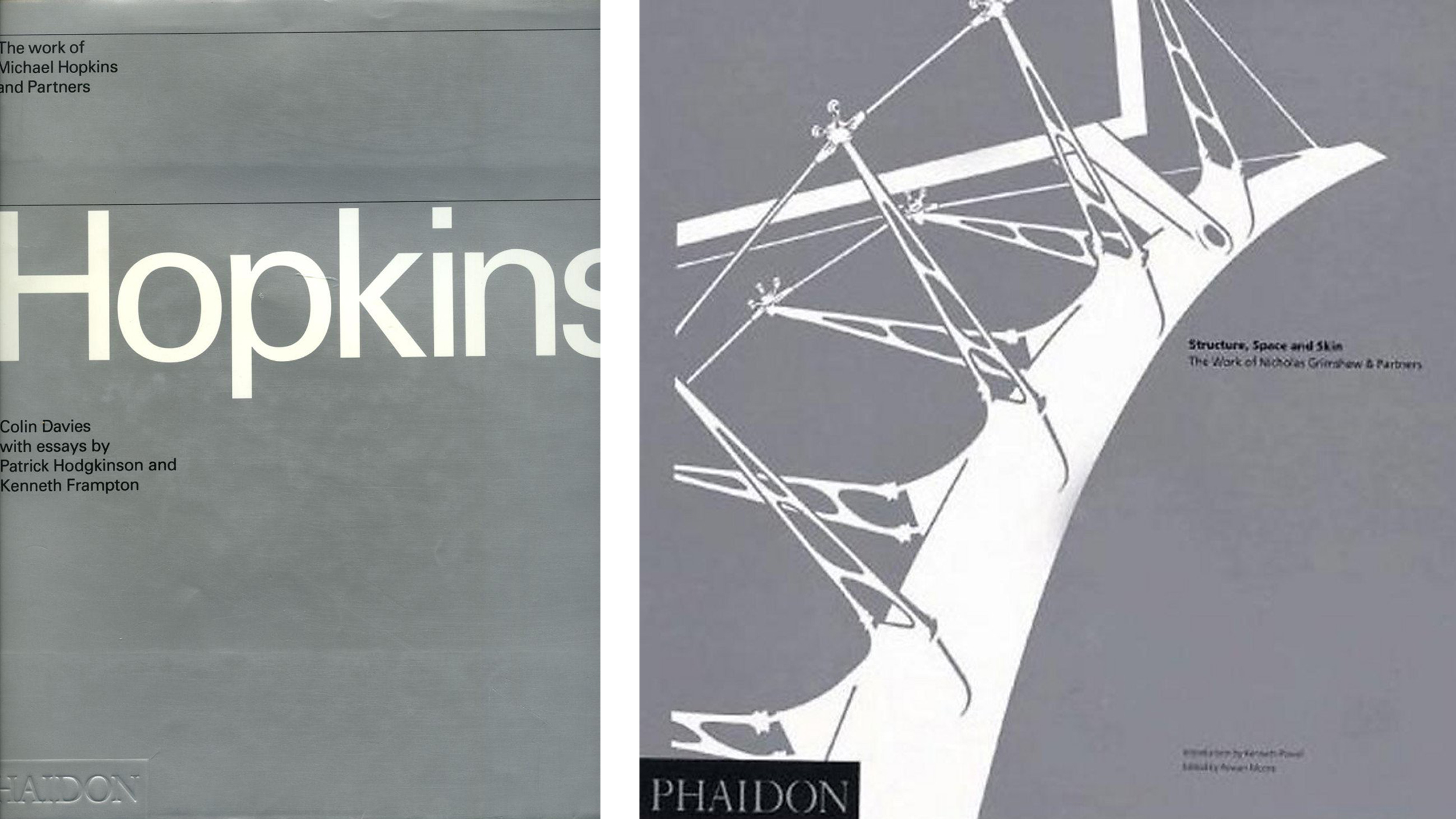
The line of affinity connecting Buckminster Fuller's metal artifacts with Archigram's colorful fantasies, and leads to a landmark such as the Pompidou Center – which gave high-tech architecture its letter of acceptance – runs more through the comic strips of Buck Rogers and the American pulp magazines of science fiction and popular science of the 1950s – filtered through pop culture and the spirit of 1968 – than through the architecture of Mies or Charles and Ray Eames. The high-tech microcosm, however, sought out illustrious ancestors, proclaiming itself the legitimate heir to all the currents of hybridization between architecture and engineering, and tracing its origins back to the landmarks of 19th-century metal architecture, including Eiffel and Paxton.
This universe, the ultimate expression of technological optimism, has expanded to incorporate a wide variety of iconic references, regardless of homogeneity. Thus, it encompasses everything from Miesian metal and glass cubes to Calatrava's stylized skeletons; from Frei Otto's taut canopies to Nouvel's black Blade Runner nightmares; from Foster's fascination with aerospace to Grimshaw's fascination with light sailing. Behind all this, the only common ground is the conception of architecture as a machine.
Given this context, it is not surprising that four of the leading figures in the high-tech movement – Rogers, Foster, Grimshaw, and Hopkins – are from the United Kingdom, the home of machine engineering and the European hub for American pop culture. Of this quartet, the latter two are the least well known. The publication by Phaidon of two voluminous monographs will undoubtedly contribute to a greater understanding of their work. The Hopkins monograph (below, left, Schlumberger Research Center), edited by Colin Davies and with essays by Patrick Hodgkinson and Kenneth Frampton, covers his entire career from its origins. The monograph on Grimshaw (below, right, project for the North Woolwich sewage treatment plant), edited by Rowan Moore, with an essay by Kenneth Powell, focuses on the period 1988-1993.
When reviewing the careers of both architects together, it is revealing to see how they have diverged from the same common roots of high-tech orthodoxy in response to the new times we are living in, both in terms of technology and technological optimism.
At a time when the dominant ideology of modernity no longer resides in the astronautical delusions of the 1960s, but rather traverses the computerized universe of the 'immaterial' – much more difficult to capture in the non-virtual reality of architecture – the long-term prospects for high-tech are not very promising, at least in terms of its claim to be the unquestionable architectural expression of technical progress. On the other hand, reality is increasingly reluctant to be represented by an optimistic and reassuring image of polished and shiny surfaces, with no room for dirt and sweat.
If we add to this the fact that the future of energy scarcity does not look promising for aluminum-based architecture, with its enormous glass spaces and high maintenance requirements, it is not surprising that such prominent representatives of high-tech as Hopkins and Grimshaw have decided to take their respective options: progressive distancing in the case of the former and a headlong rush forward in the case of the latter.
Michael Hopkins – who began working with Norman Foster and, together with his wife Patty, carried out interesting exercises in the vein of the Eames house and Fuller's Wichita house, such as their own home and the Patera prefabrication system, respectively – began a process of distancing himself from pure high-tech starting with his Lord's Cricket Ground. At the Cutlery Factory, Bracken House, and David Mellor offices, he has expanded his vocabulary to incorporate a certain contextualism and the teachings of the best British and French industrial architecture, with references ranging from expressionism and modernism to Louis Kahn himself. The ever-present technological basis of his work moves within coordinates closer to those of Renzo Piano than to those of Norman Foster. This very British eclecticism has earned him the not-so-contradictory label of ‘historicist high-tech’.
Nicholas Grimshaw's approach, on the other hand, is closer to Foster's, coinciding with him in his desire to take the possibilities of uncompromising high-tech to their ultimate conclusion. For this reason, his work increasingly focuses on the last bastion of technological architecture, that offered by transport infrastructure, where engineering takes the lead. His work, of undoubted beauty, nevertheless raises concerns about those paths that lead to dead ends in the world of architecture. In any case, as always, time will judge the wisdom of the respective paths taken by these British architects.



